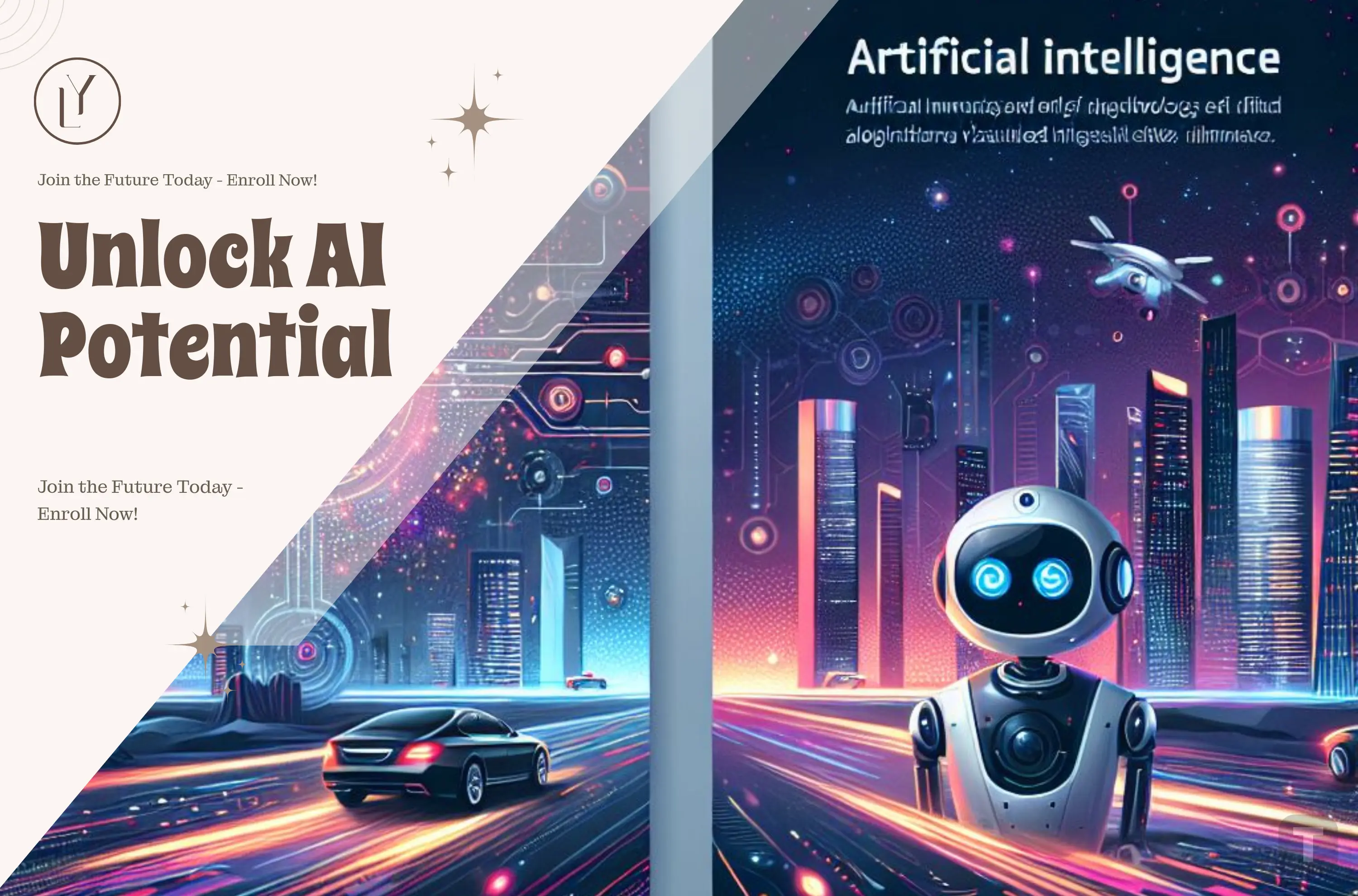
In the ever-evolving field of natural language processing (NLP), one of the hottest innovations is the Retrieval-Augmented Generation (RAG) pipeline. It bridges the gap between traditional information retrieval and modern text generation models, opening up possibilities for more dynamic, context-aware, and accurate responses. But what exactly is RAG, and how can it revolutionize your AI-driven projects? Let’s explore!
What is RAG?
RAG is a hybrid approach that combines two powerful technologies:
Information Retrieval (IR): Searching for and retrieving relevant documents or pieces of information from a large database.
Generative Models: Models that generate natural language responses, such as OpenAI's GPT or BERT-based models.
Instead of relying purely on a model’s pre-existing knowledge (like GPT does), RAG enhances its outputs by pulling in real-time, relevant information from external sources. This means that even if a model hasn’t been explicitly trained on specific content, it can retrieve information from databases or knowledge sources and integrate it into its generated responses.
How Does the RAG Pipeline Work?
The RAG pipeline typically involves two main steps:
Retrieval Phase:
In this step, a retriever model (such as Dense Passage Retrieval, DPR) searches a vast external knowledge base (like Wikipedia, private datasets, or other text collections) for relevant documents or passages based on a given query. The retriever fetches the top-N results that are most likely to contain useful information.
Generation Phase:
The generator model (usually a transformer-based model) takes the results from the retrieval phase and uses them to generate a coherent, context-aware response. This allows the model to produce answers or explanations that are better informed and more accurate compared to relying solely on the model's fixed training data.
In short, the pipeline retrieves the information first, then uses it to augment the generation of an answer.
Why is RAG Powerful?
RAG pipelines are changing how we interact with AI systems in several key ways:
Overcoming the Knowledge Cutoff Problem
Most language models have a knowledge cutoff point: they are trained on static datasets and cannot access new or emerging information. This is particularly problematic in fields where real-time knowledge is essential, such as healthcare, finance, or legal domains.
With RAG, you can augment the model’s output by retrieving up-to-date information from external databases. This means that even if a model’s training data is outdated, it can still generate relevant answers using the latest information.
Improved Accuracy and Depth
By combining retrieval with generation, the RAG pipeline can generate responses that are far more accurate and detailed. Instead of “hallucinating” or generating plausible-sounding but incorrect information (a common issue with generative models), RAG incorporates factual content from trusted sources.
For example, if a user asks, “What is the capital of Australia?”, a standard language model might generate the correct answer based on its pre-training. However, if asked about something more obscure, like "What are the latest updates in quantum computing?", a typical generative model might struggle. RAG can retrieve the latest research papers or news articles and weave that into the answer.
Better Handling of Niche Queries
Some questions require domain-specific knowledge, and training a model from scratch on every possible niche would be infeasible. RAG shines in these scenarios by retrieving information from domain-specific knowledge bases. Whether you're querying an internal knowledge base for customer support or accessing a medical database for symptoms, RAG enables the model to answer with precision, regardless of the domain.
Use Cases for RAG Pipelines
RAG pipelines are versatile and can be applied across various industries. Some popular use cases include:
Customer Support:
In customer service, users often ask very specific questions about a product or service. RAG can search a company’s internal knowledge base or documentation and generate responses that are accurate, up-to-date, and tailored to the user's needs.
Healthcare:
In the medical field, real-time, accurate information is crucial. RAG can query medical databases to retrieve the latest research or clinical guidelines, allowing healthcare professionals or patients to access the most relevant and evidence-based information.
Legal Assistance:
Law is another domain where information changes frequently, and where specific knowledge is critical. RAG systems can retrieve the latest case law or legal statutes to help lawyers, researchers, or clients navigate complex legal landscapes.
Academic Research:
Students and researchers often require access to the latest scholarly articles. RAG can be used to pull in relevant papers, augmenting a model's ability to generate literature reviews or offer insights grounded in up-to-date research.
Building a RAG Pipeline
If you’re interested in implementing a RAG pipeline in your projects, here’s a basic overview of how to get started:
1. Choose a Retriever Model
You’ll need a retrieval model to fetch relevant documents. One popular choice is Dense Passage Retrieval (DPR), which converts both queries and documents into dense vectors and uses similarity search techniques to find the most relevant documents.
2. Choose a Generative Model
The generative model will take the retrieved documents and synthesize a response. GPT-based models (like GPT-3 or GPT-4) are well-suited for this task due to their ability to generate coherent and contextually relevant text.
3. Integrate External Knowledge Bases
To get the most out of a RAG pipeline, you’ll need access to large knowledge bases, such as:
- Public datasets: Wikipedia, ArXiv, news articles.
- Domain-specific data: Internal company databases, medical research, or legal records.
- Custom datasets: You can create your own knowledge bases by gathering and pre-processing documents relevant to your specific domain.
4. Fine-Tune and Optimize
Fine-tuning your retrieval and generation models for your specific use case is essential to improve accuracy and relevance. This might involve curating a dataset of question-answer pairs to help the model better understand how to utilize retrieved information.
Challenges and Considerations
While RAG is a powerful framework, it does come with certain challenges:
Latency: Since RAG involves a two-step process (retrieval followed by generation), it can introduce latency, especially when querying large knowledge bases. Optimizing retrieval times and caching frequently accessed documents can help mitigate this.
Training Complexity: RAG systems are more complex to train and fine-tune compared to standard generative models. You'll need to manage the interplay between the retriever and generator models, ensuring they complement each other effectively.
Data Quality: The effectiveness of the RAG pipeline heavily depends on the quality of the retrieved documents. If the retrieval phase brings back irrelevant or inaccurate documents, the generation phase will likely produce suboptimal answers. Ensuring high-quality and diverse knowledge bases is essential.
The Future of RAG
The combination of retrieval and generation in the RAG pipeline represents a major leap forward in the capabilities of AI-powered systems. As the technology evolves, we can expect RAG pipelines to play a pivotal role in areas requiring dynamic, real-time, and context-sensitive information generation.
In industries like healthcare, law, and customer support, where knowledge is vast and ever-changing, RAG can become the backbone of intelligent, responsive, and accurate AI applications. As developers continue to refine retrieval mechanisms and improve generation models, the impact of RAG will only grow.
Conclusion
The Retrieval-Augmented Generation (RAG) pipeline is an innovative approach that merges the best of retrieval and generation techniques, making AI systems more accurate, dynamic, and powerful. By leveraging external knowledge sources and integrating them into the generation process, RAG ensures that AI models are not only smart but also informed by real-time, relevant information.
As the demand for intelligent, context-aware AI solutions grows, RAG stands out as a game-changer, enabling developers to build applications that are more adaptive, precise, and insightful.










